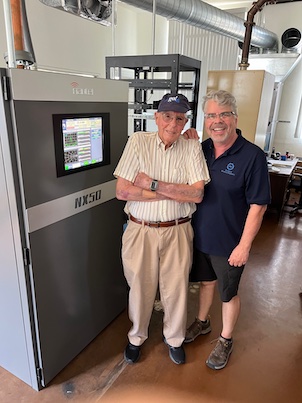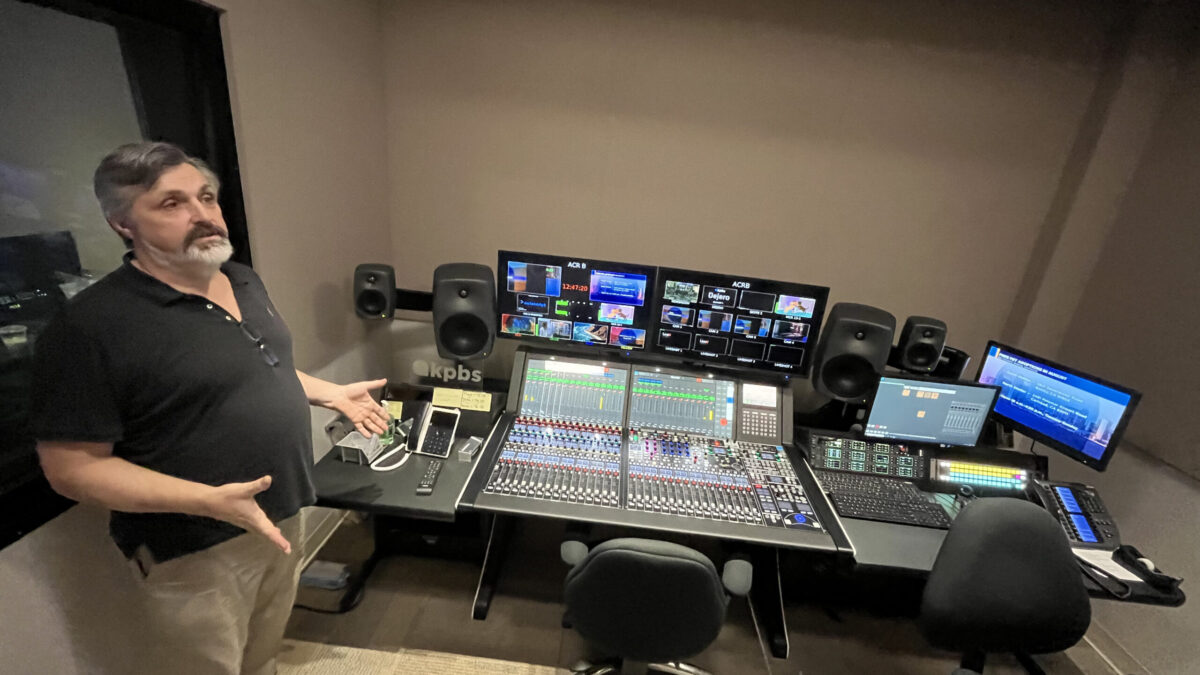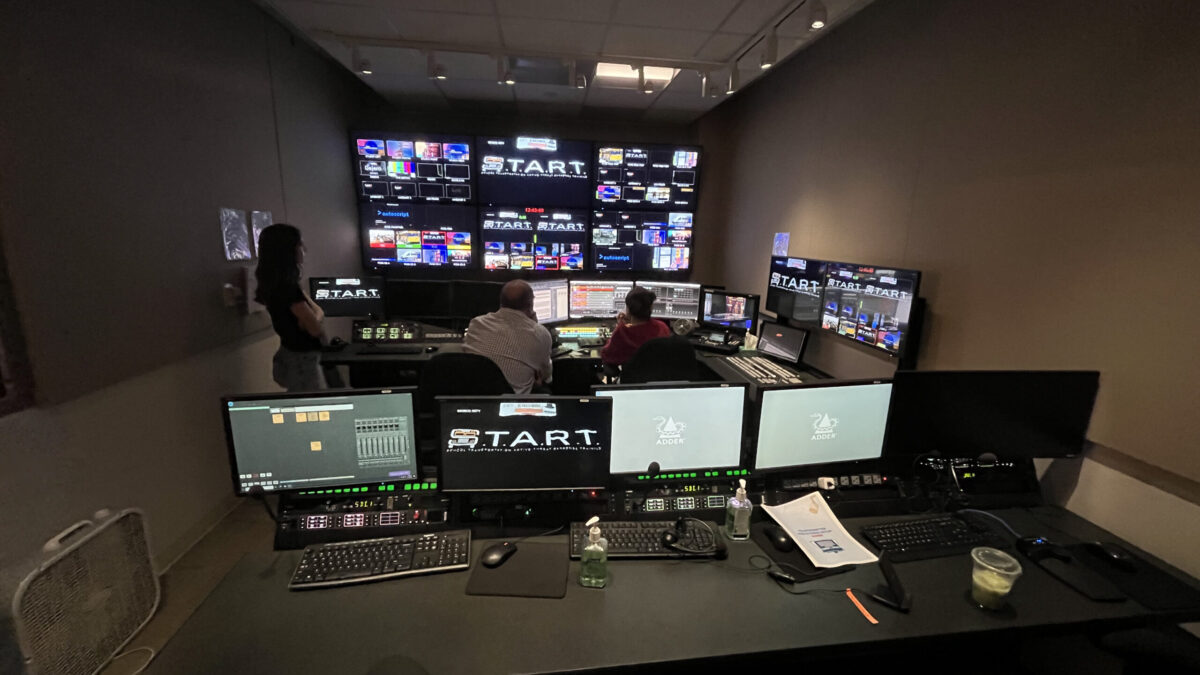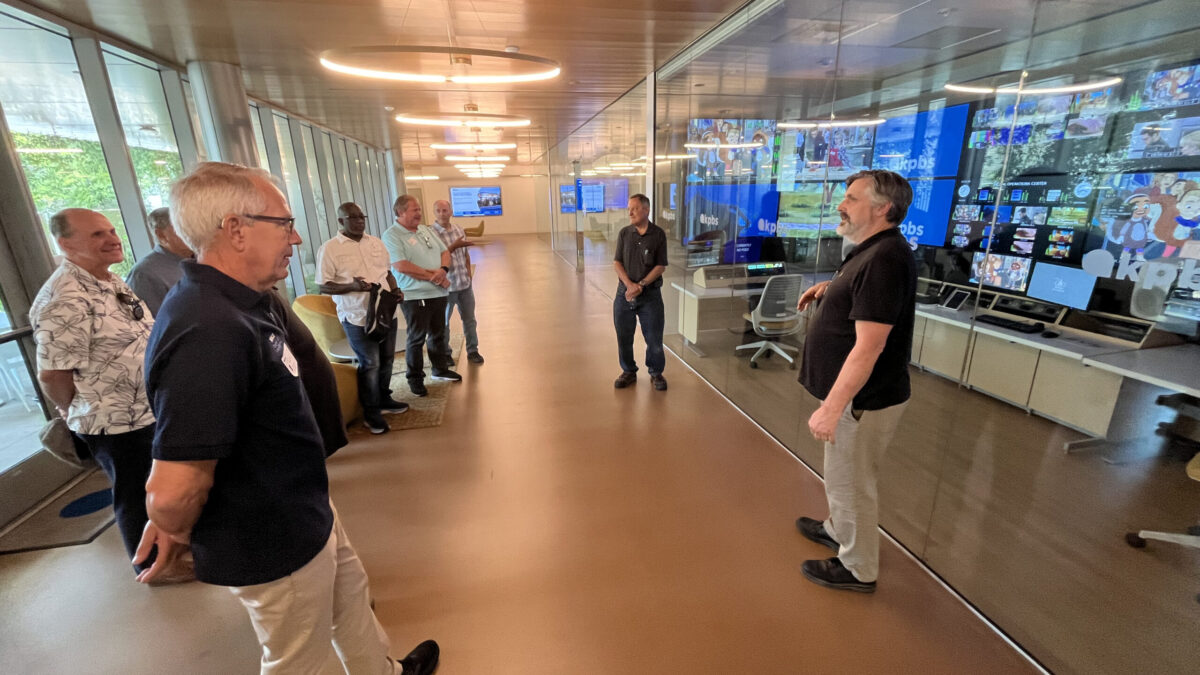Thank you for participating in this year’s holiday luncheon. Glen Thompson of Piper Digital and Tony McDaid provided door prizes, RF Specialties of California and Bext subsidized the meal. A good time was had by all.
All posts by Gary Stigall
November 19 Online Meeting: Chris Crump from Comrex
We’ll explore all things Comrex, including a discussion about their new product, FieldLink and the issue broadcasters face with frequencies related to wireless mic/IFB. Chris Crump will be presenting with context and a history lesson.
Many of us might not quite remember the early days of Comrex. The first products produced by its founder, John Chaney, in Sudbury, Massachusetts were some of the television industry’s first wireless mic and IFB devices. They were used on Broadway, by the NFL, and by television stations all over the United States. A lot has changed since then, including the problems with frequency congestion that caused a shift in product line focus in the late 60s. We’ll discuss the issues that broadcasters, especially at sporting and live concert events, face when trying to do sideline or in-the-stands reporting in addition to covering some new solutions being offered by Comrex and other vendors.
About Chris
Chris Crump has served as the Sr. Director of Sales & Marketing for Comrex since 2004. In 1987, he began his professional radio career at ABC/Cap Cities Detroit before taking the Features Editor position at MediaBase Research/Monday Morning Replay. On-air, remote broadcast engineer, Creative Services Director roles followed for Capitol Broadcasting in Orlando and the Ron & Ron Radio Network in Tampa/St. Petersburg. In 1996, Crump moved to the manufacturing side of the broadcast business performing sales & marketing roles for Spectral, Inc., Euphonix, Symetrix and Klotz Digital America. He is a CBNE certified member of the SBE chapter in Atlanta.
Join us Wednesday, November 19 at 11:00 PT on Zoom. This meeting was organized by Chapter 9, Phoenix.
October Online Meeting Explores AI and Cloud Technology for Radio Broadcasters
Artificial Intelligence and cloud technology are rapidly evolving as we progress through 2025. As an industry, both are vital topics to keep up to date on and ultimately adapt to. Andrew Scaglione explains what’s already possible to achieve in broadcasting using AI and the cloud, including global case studies.
Andrew Scaglione is in his fourth year as Radio.Cloud’s account director, responsible for global business development with a focus on the US market. Andrew has been in the industry for a decade-plus and is based in Cleveland, Ohio. Prior to Radio.Cloud, Andrew worked for G Networks/Sun Broadcast Group/Envision Networks in Cleveland, and was a TV and radio sports reporter/anchor in Fayetteville, Arkansas.
Join us Tuesday, October 14, at 11:30 AM via Zoom. This meeting organized by Chapter 47, Los Angeles.
KFI Tour Brings Back Veteran Engineers
A late August tour of the La Mirada transmitter site tour sponsored by SBE Chapter 47 brought together an impressive collection of veteran chief engineers, including Marvin Collins, now 90, who was Chief Engineer of KFI (AM) 640 between 1976 and 2000, along with current CE Doug Irwin.
The iHeartMedia crew maintains impressive redundancy, including three capable transmitters, two independent antennas, electric generator, and standby studio.
KPBS Tour a Success
On August 13, 2025, SBE Chapter 36 toured the recently remodeled KPBS FM and TV studios on the SDSU campus. We were pleasantly surprised to see so many veteran KPBS staff engineers join us.

Many thanks to Tony McDaid and Tom Guidry for showing us around.






